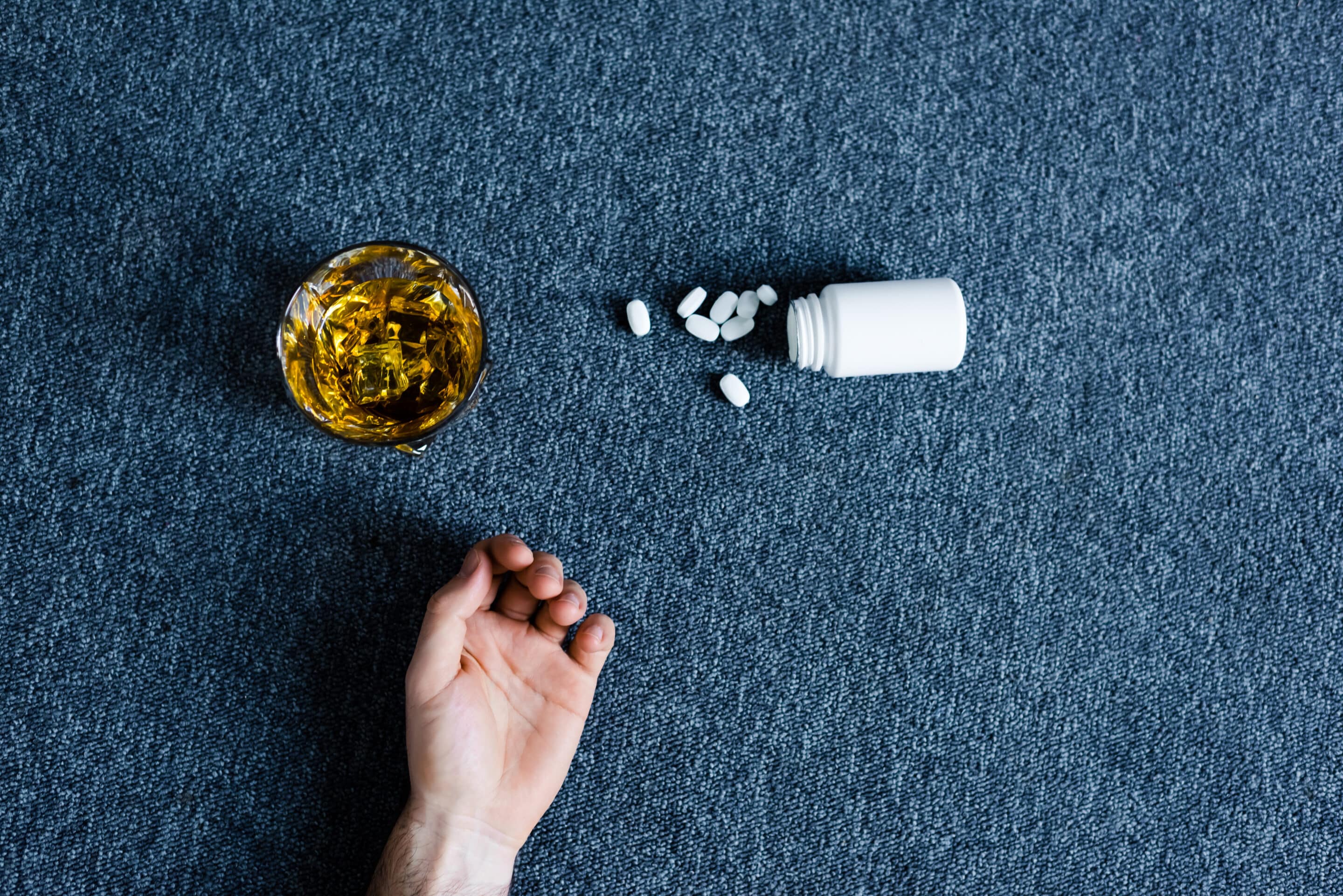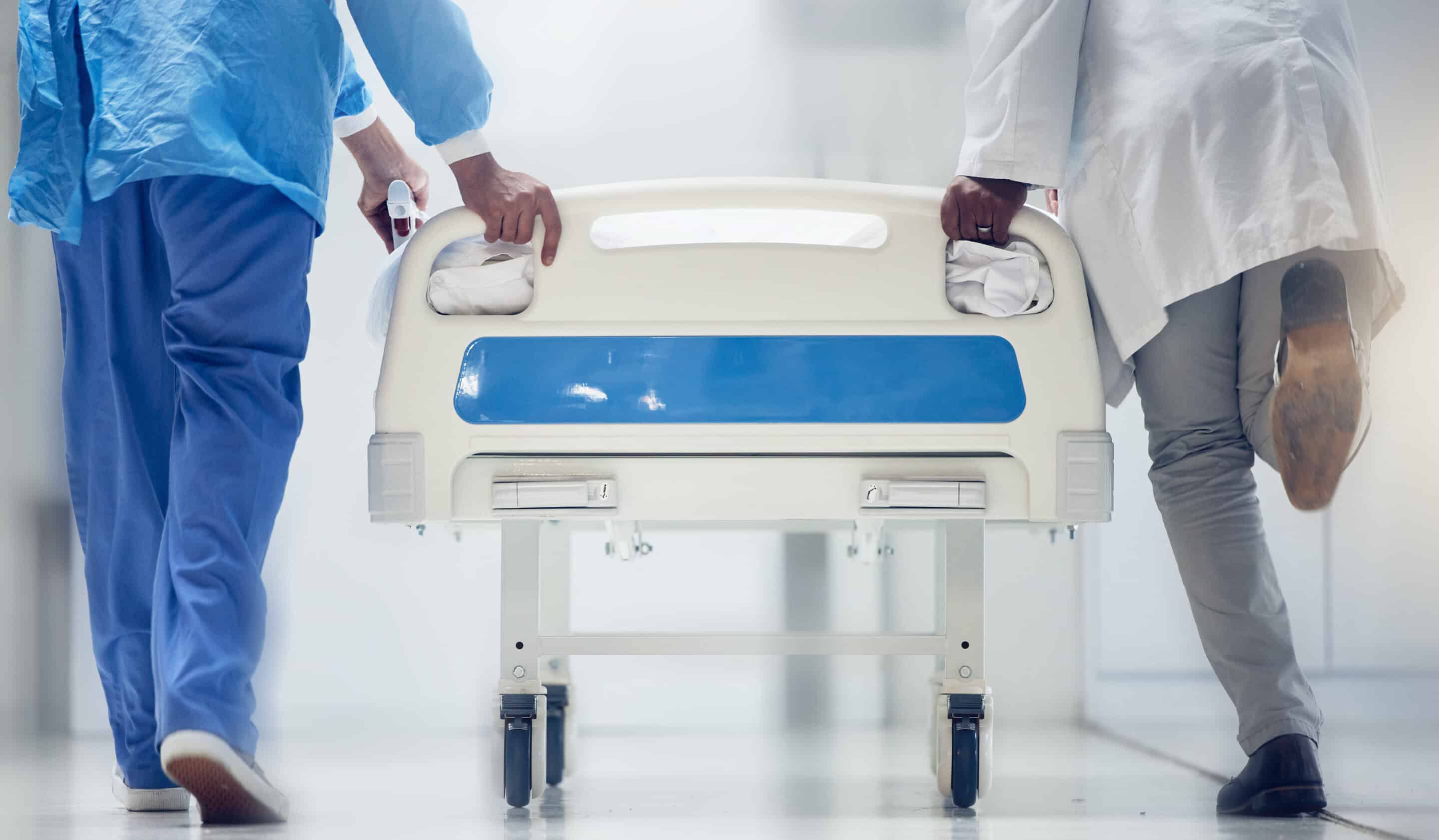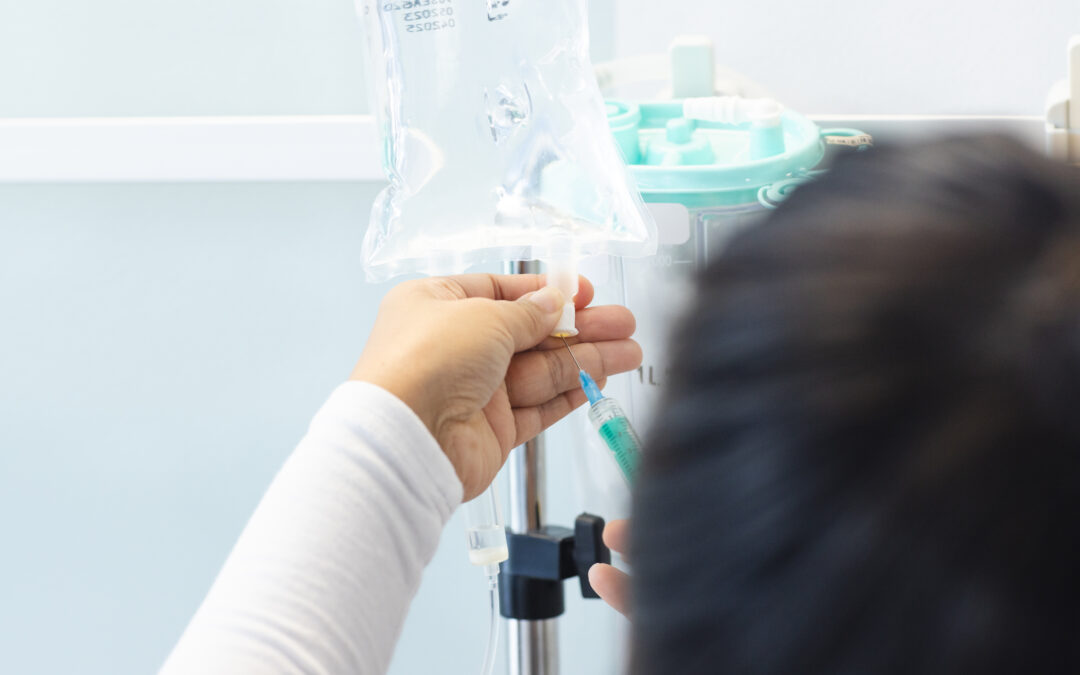Rapid detox is a medical procedure intended for people struggling with addiction. It involves sedating the patient and administering medications to speed up the withdrawal process. The idea is to complete the detoxification while the patient is unconscious, theoretically minimizing the discomfort associated with withdrawal.
How Does Rapid Detox Work?
Rapid detox is intended for quick detoxification from addictive substances, particularly opioids like prescription painkillers, heroin, and morphine. The process involves placing the patient under general anesthesia and using medications to induce rapid withdrawal while the patient is unconscious. This method aims to complete the withdrawal phase without the patient experiencing the most severe symptoms.
Is Rapid Detox Effective?
Rapid detox is controversial and not without significant risks. It focuses mainly on physical withdrawal, often neglecting the psychological aspects of addiction recovery. This approach can lead to potentially life-threatening health risks and doesn’t necessarily reduce the risk of relapse. Additionally, research does not support this method, also known as ultra-rapid detox or anesthesia-assisted opioid withdrawal, as safe or effective. Rapid drug detoxification has been associated with various potentially fatal adverse events.
Withdrawal Symptoms After Rapid Detox
The chief aim of rapid detox is to reduce or eliminate the severe discomfort of withdrawal by sedating patients during the process. Yet, several studies report patients experiencing significant withdrawal symptoms following the procedure, sometimes spanning several days. These symptoms can be severe and persistent and may include:
- Nausea
- Vomiting
- Muscle aches
- Extreme fatigue
- Severe anxiety
- Insomnia
- Depression
The intense nature of withdrawal symptoms can lead to complications like dehydration and electrolyte imbalances due to nausea and vomiting. Psychologically, the abrupt withdrawal can exacerbate anxiety and depression, hindering the recovery process and potentially increasing the risk of relapse.

Safety & Risks After Rapid Detox
Research data highlights several significant risks associated with rapid detox procedures, including the following:
- Hormonal and metabolic imbalances: There’s a marked increase in stress hormones like corticotropin and cortisol, heightened respiration, and sympathetic activity. This can lead to a surge in catecholamines, chemicals that can significantly affect the body’s stress response.
- Thyroid function suppression: Rapid detox can lead to the suppression of thyroid hormones, which are critical for regulating metabolism.
- Respiratory complications: Patients may experience pulmonary distress and, in severe cases, pulmonary edema – a condition where fluid accumulates in the lungs.
- Kidney issues: There’s a risk of acute renal failure, a serious condition where the kidneys suddenly become unable to filter waste products from the blood.
- Cardiac concerns: The procedure can lead to ventricular bigeminy, a type of irregular heartbeat that can be concerning.
- Mental health issues: Psychological reactions such as psychosis and delirium have been reported. These conditions involve severe mental disturbances that can lead to disorientation, hallucinations, and other serious symptoms.
- Increased risk of self-harm: There have been instances of suicide attempts following rapid detox, underscoring the need for comprehensive mental health support.
- Mortality: In some cases, rapid detox has been linked to deaths.
Aside from these significant risks, rapid detox also typically lacks the extensive aftercare necessary for sustaining sobriety. This absence can leave patients vulnerable to cravings and triggers, increasing the likelihood of relapse and the associated risk of overdose, especially considering the decreased tolerance post-detox.
How Much Does Rapid Detox Cost?
Rapid detox is typically more expensive than traditional detox methods. The specific cost varies but was reported as much as $15,000 in 2005, sometimes even higher. Some of the factors influencing this high cost include:
- Specialized medical team: The need for a team of experts, including anesthesiologists and addiction specialists, drives up the cost.
- Facility and equipment: The procedure incurs high facility-related expenses in specialized medical facilities with advanced equipment.
- Medication: The use of specific, often expensive, medications for sedation and detoxification adds to the cost.
- Length of stay: Patients may need to stay in the facility for monitoring before and after the procedure, increasing the overall expense.
Is Rapid Detox Covered by Insurance?
Insurance plans do not commonly cover rapid detox. This lack of coverage means patients often have to pay out-of-pocket, making it a less accessible option for many. It’s important for individuals to check with their insurance providers and the treatment facility to understand what portion of the cost, if any, might be covered.
If you or a loved one is struggling with addiction and looking for more information on how to afford treatment, you’re not alone. The experienced team at Healthy Life Recovery is here to help you navigate insurance and financing options. Contact us today to let us help you find the best way for you to pay for treatment.
Understanding Medical Detox
Detoxification refers to the “safe discontinuation from a substance of dependence.” The medical detoxification process stands in contrast to rapid detox by offering a gradual, more holistic approach to addiction recovery. This process involves carefully weaning the body off addictive substances under close medical supervision and oftentimes in combination with medication-assisted treatment (MAT). Medical detoxification integrates psychological support and therapy, key components that help reduce the body’s shock to withdrawal and lay a stable foundation for long-term recovery.
By combining medical oversight with psychological care, medical detox minimizes the risks often seen with rapid detox methods. This slower, more controlled approach allows the body and mind to adjust more safely to the absence of substances, facilitating a more effective and sustainable recovery journey.

Advantages of Medical Detox Over Rapid Detox
Medical detox is a preferred method for treating opiate and other addictions due to its comprehensive, safe, and patient-centered approach. Key advantages include:
- Safety and comfort: It offers gradual weaning off substances, minimizing bodily shock and providing individualized care tailored to each patient’s needs.
- Comprehensive care: Medical detox manages both physical withdrawal symptoms and psychological aspects of addiction, including holistic therapies for overall well-being.
- Lower relapse rates: The process helps patients develop coping strategies to handle cravings and triggers and offers ongoing support post-detox to reduce the likelihood of relapse.
- Effectiveness for opiate addiction: Often includes MAT such as methadone or buprenorphine to ease withdrawal and address co-occurring mental health disorders.
Why Choose Healthy Life Recovery for Medical Detox?
At Healthy Life Recovery, we’re all about offering a personalized touch to addiction recovery. Our detox program is medically supervised, ensuring you’re in safe hands. We understand that recovery is a journey, not just a destination. That’s why we provide a full range of services, from detox to outpatient treatment. We’re here to support you every step of the way with innovative therapies and a community that cares.
Explore Medical Detox with Healthy Life Recovery
Take the first step towards a healthier, substance-free life. Contact Healthy Life Recovery to learn more about our medical detox program and how we can support you in your journey to a substance-free way of life.






